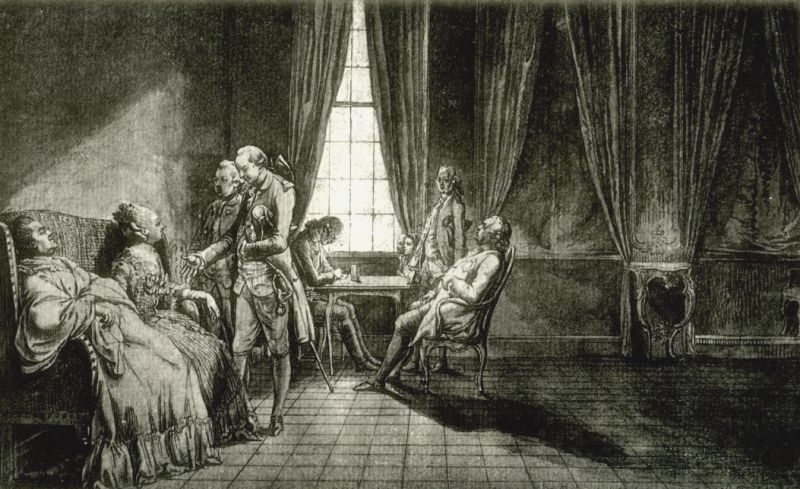Daniel Chodowiecki – The Polonica
Mediathek Sorted

![Ill. 2: Cabinet d’un peintre [Cabinet of a painter] Ill. 2: Cabinet d’un peintre [Cabinet of a painter] - Etching, 18 x 23 cm. Depicted is part of Chodowiecki's family.](/sites/default/files/styles/width_100_tiles/public/assets/images/2_mit_familie.jpg?itok=Ox3Ojmp4)
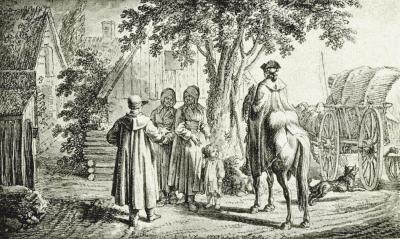
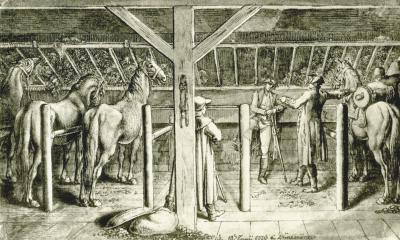
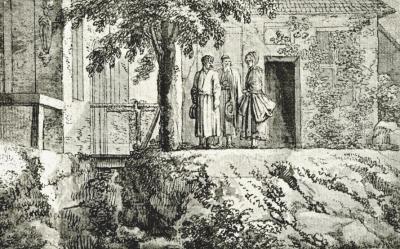
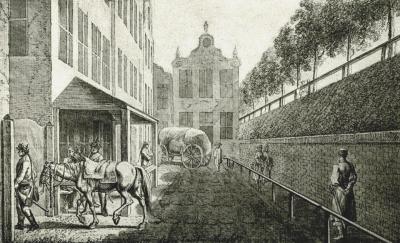
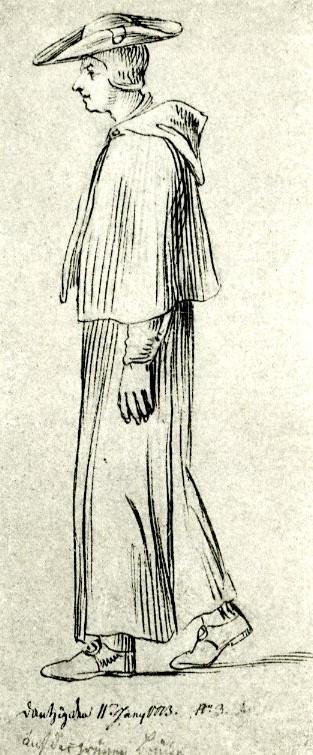
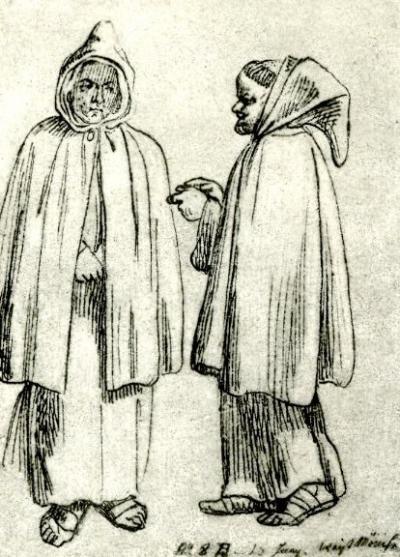

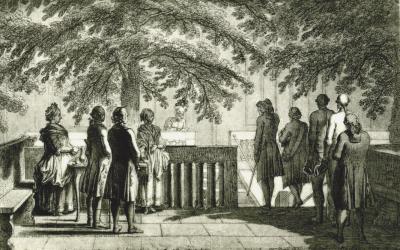
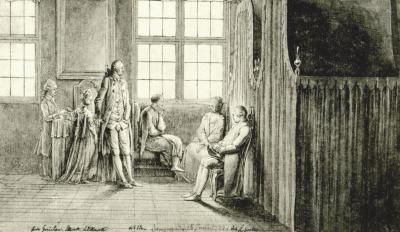
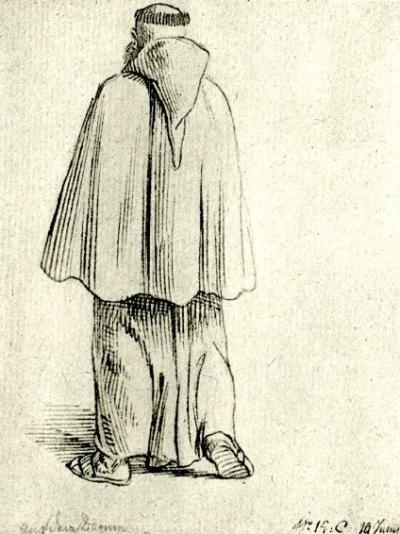
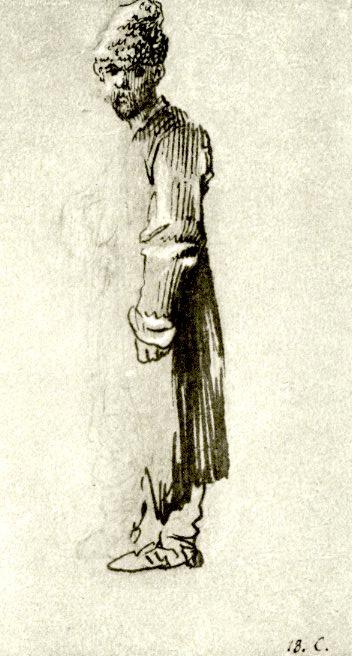
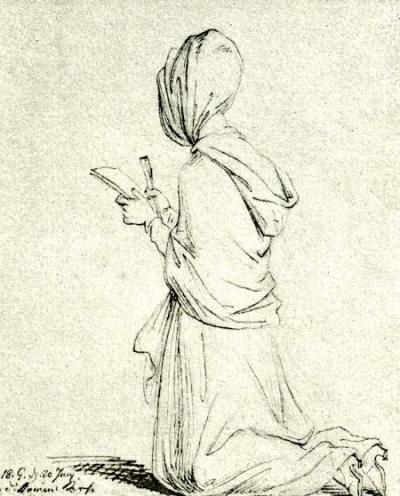

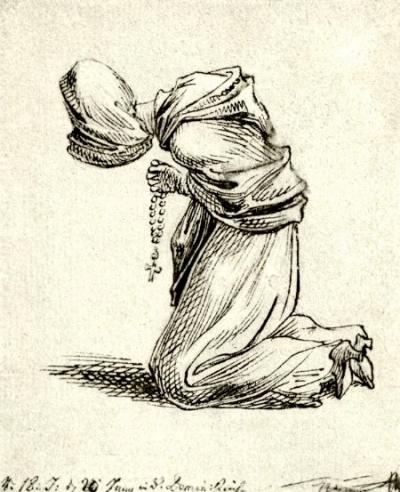
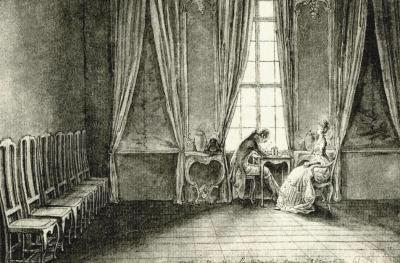

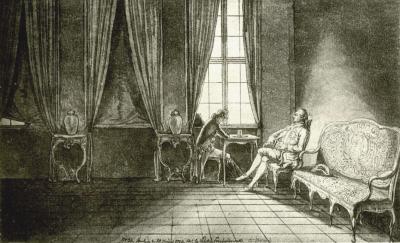
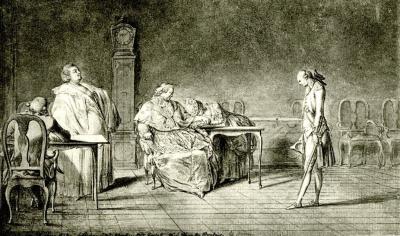
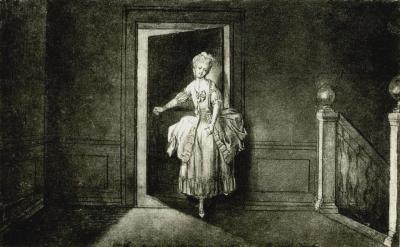
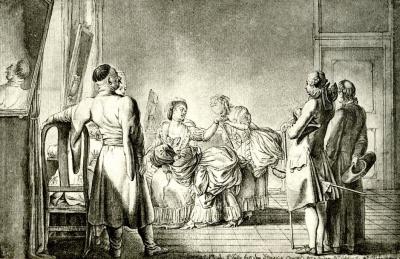



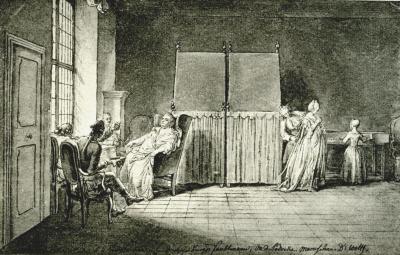
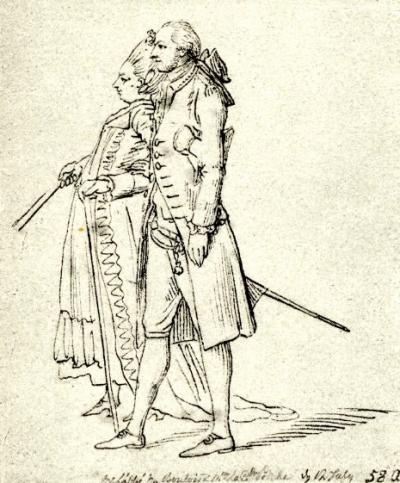

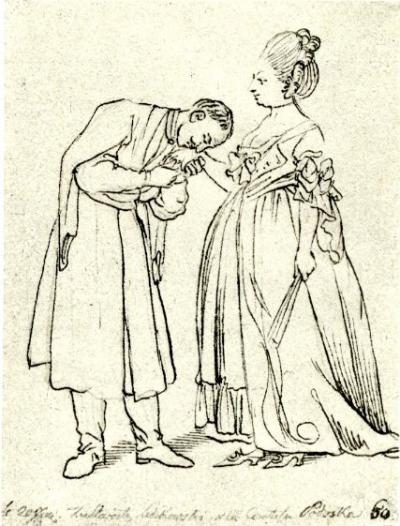
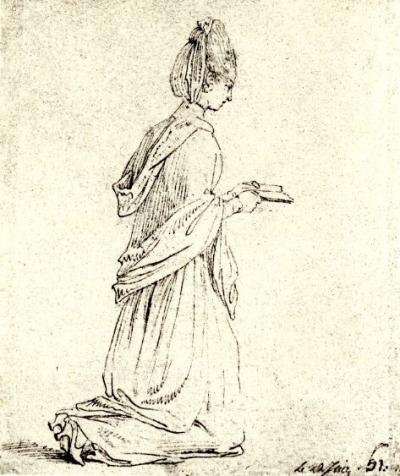
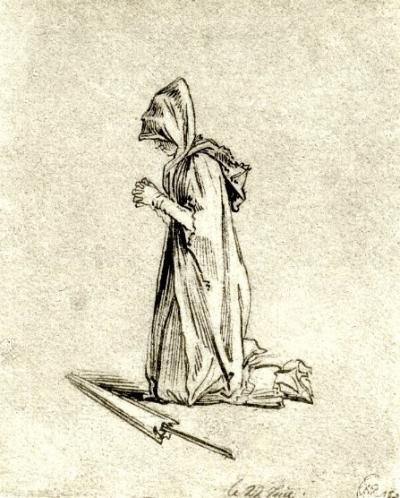
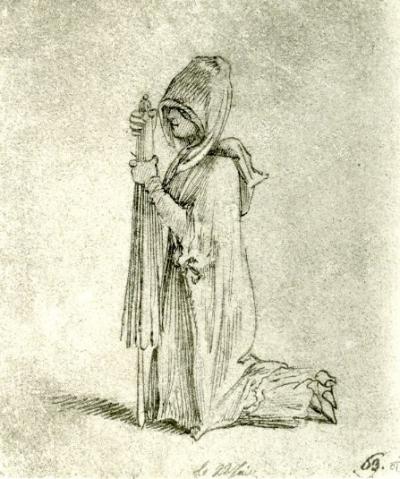
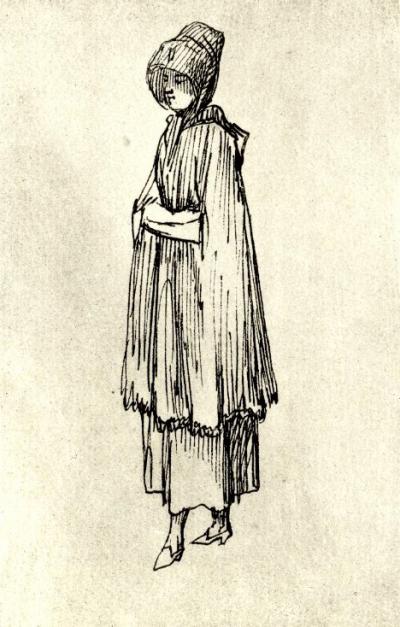

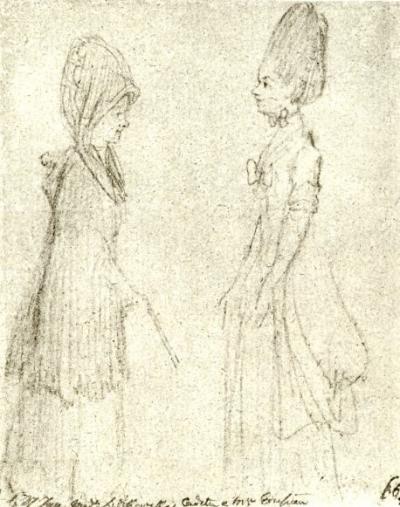

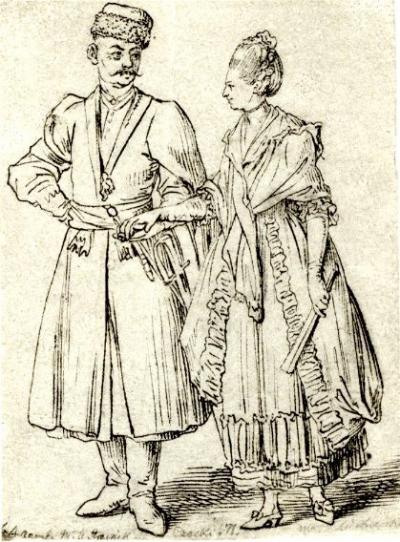
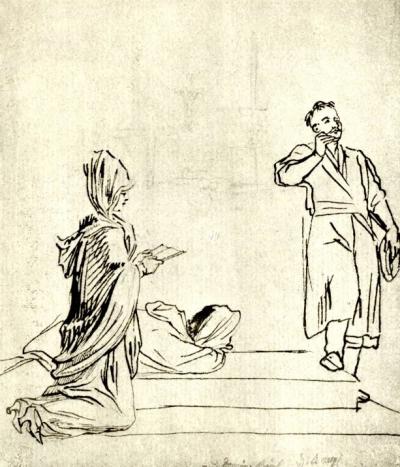
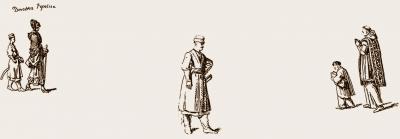
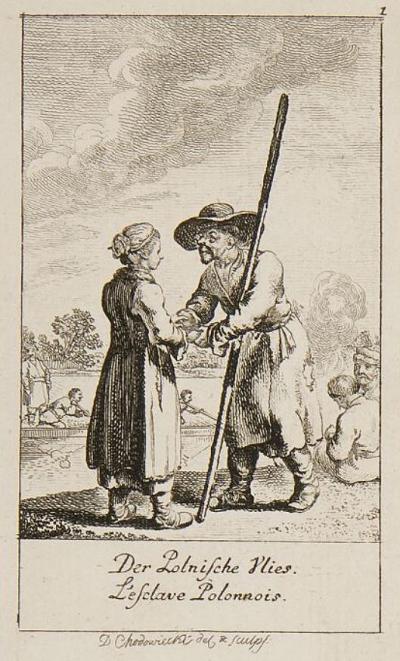
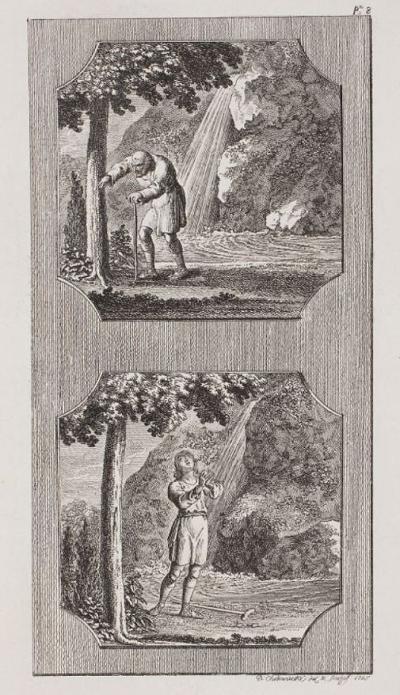
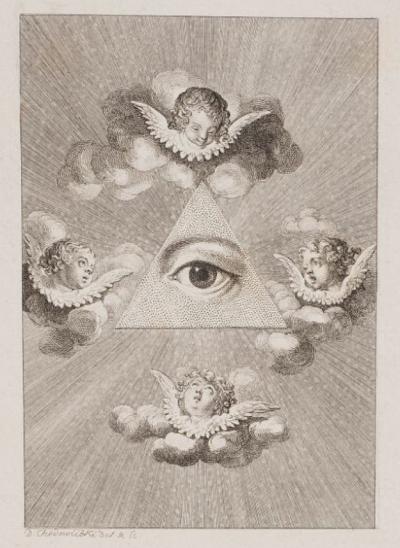

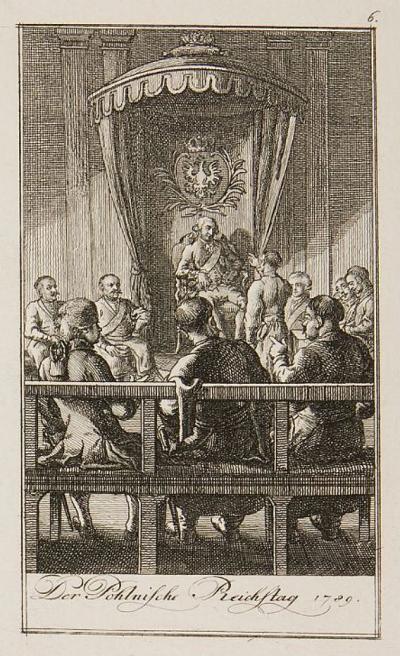
![Ill. 45: The new Polish Constitution Ill. 45: The new Polish Constitution - Etching, in: Begebenheiten aus der neueren Zeitgeschichte [...], Göttingen 1793.](/sites/default/files/styles/width_100_tiles/public/assets/images/45_polnische_verfassung.jpg?itok=8ZtNsUvt)
![Ill. 46: The celebration of Poland's great revolution Ill. 46: The celebration of Poland's great revolution - Etching, in: Sechs Blätter zur neueren Geschichte [...] 1793.](/sites/default/files/styles/width_100_tiles/public/assets/images/46_revolution_polens.jpg?itok=1TH3eNK0)

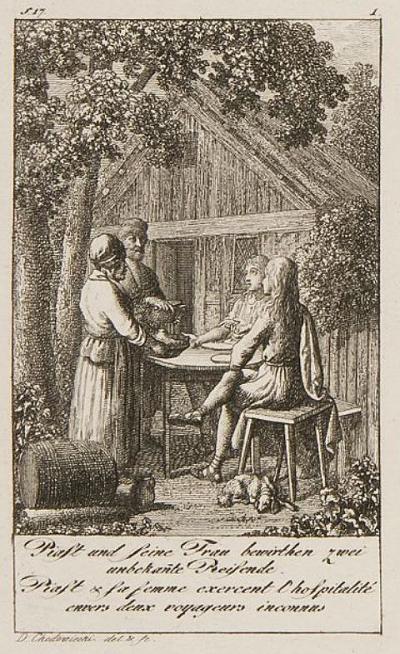
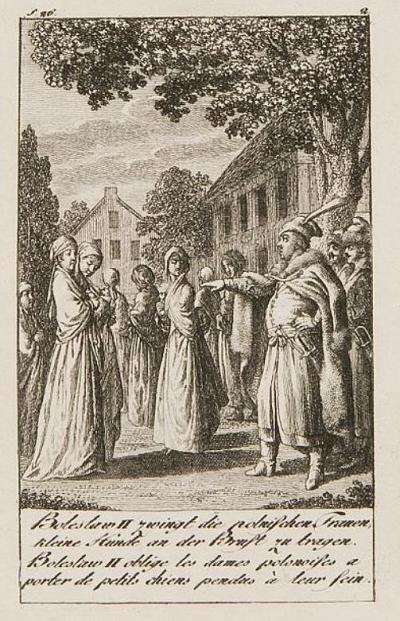

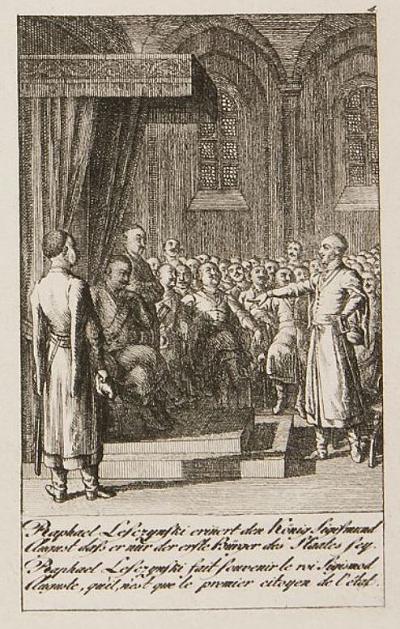



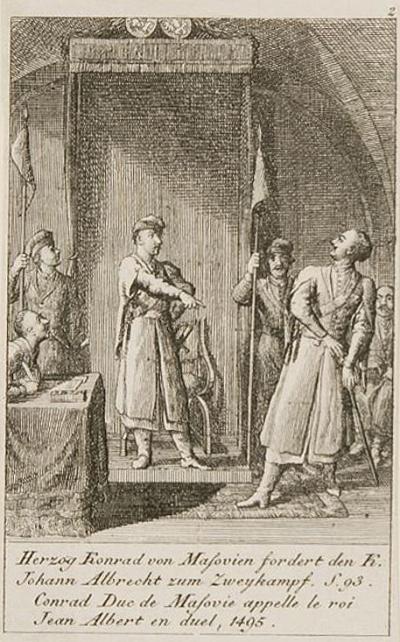
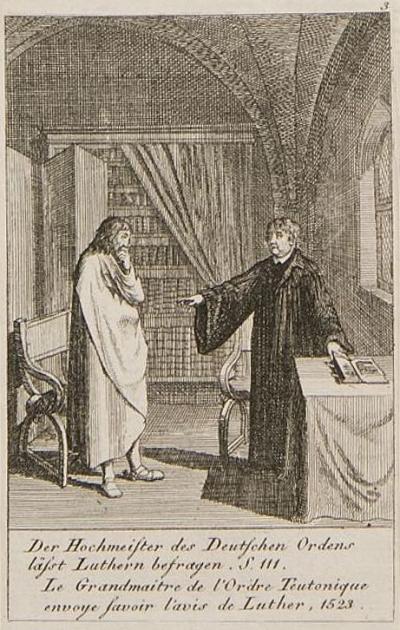


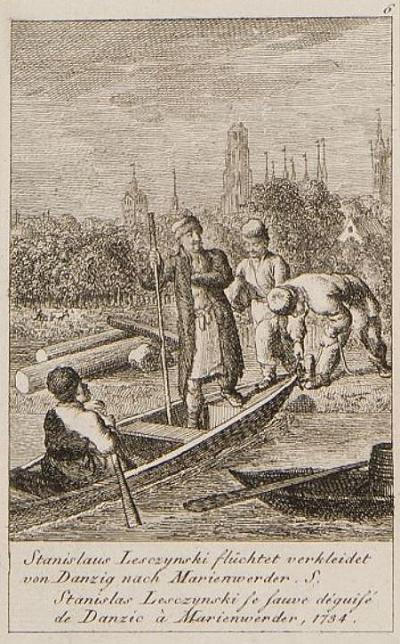
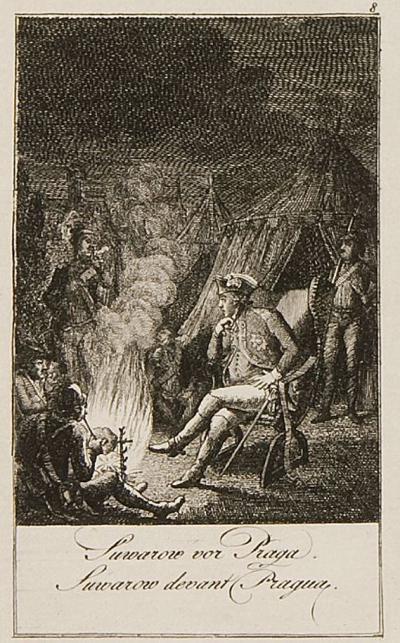



Daniel Chodowiecki - Hörspiel von "COSMO Radio po polsku" auf Deutsch

![Ill. 2: Cabinet d’un peintre [Cabinet of a painter] Ill. 2: Cabinet d’un peintre [Cabinet of a painter] - Etching, 18 x 23 cm. Depicted is part of Chodowiecki](/sites/default/files/styles/width_100_tiles/public/assets/images/2_mit_familie.jpg?itok=Ox3Ojmp4)










































![Ill. 45: The new Polish Constitution Ill. 45: The new Polish Constitution - Etching, in: Begebenheiten aus der neueren Zeitgeschichte [...], Göttingen 1793.](/sites/default/files/styles/width_100_tiles/public/assets/images/45_polnische_verfassung.jpg?itok=8ZtNsUvt)
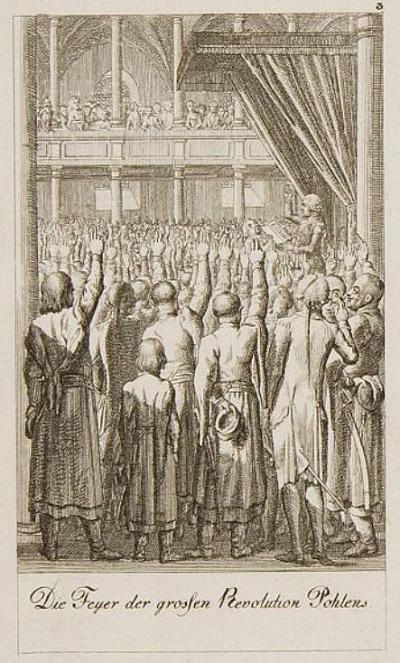


















A survey of his work
As much as Chodowiecki’s most prominent activities where porcelain and cameo paintings, his so-called “Family Print”, entitled “Cabinet d’un peintre” (1771) clearly shows him painting the lid of a tin in the presence of his family. It was dedicated in French to his mother, “Madame Marie Henriette Ayrer, widow of the late Mr G. Chodowiecki“. (Ill. 2). In 1765/66 he aroused great public interest with a history painting entitled “Jean Calas taking leave of his Family before his Execution on the 10th of March 1762” (Staatliche Museen zu Berlin, painting gallery); the etching version made Chodowiecki a reputation far and wide. From now on, however, he gave up history pictures in favour of painting small format domestic scenes of the middle-classes. By contrast his historical motifs, including events from Polish history, were etchings. In 1769 he began work on 12 illustrations of Gotthold Ephraim Lessing’s “Minna von Barnhelm” for the “Berlin Genealogical Calendar”, and a long succession of etchings for calendars and almanacs. These are generally regarded as stiff, because the artist was compelled to create striking scenes of figures with sweeping gestures in a small upright format, often in parallel succession
Chodowiecki drew relentlessly wherever he was, on the street, at receptions and balls, sitting, standing, riding, travelling, mostly in such a way that the persons he portrayed did not notice. When, on social grounds, it was necessary to keep at a discreet distance from a lady in her bedroom, he even drew through the keyhole. He made unique portraits of people’s customs and scenes from contemporary everyday life. The upshot was that he received commissions to illustrate the work of all types of writers on “sentimental and joyful stories, fashion portraits, and simple and tragic stories of mendacious and reckless people”, as in the already-mentioned small volume that appeared 100 years ago. [6] He was a keen painter of “the dark sides and perversities of contemporary society, preferring to do this by setting off good and evil, beauty and ugliness.” But what is lacking in his work is the elegance of French rococo, say by Antoine Watteau, who had died as early as 1721, and the acidity of the English caricaturist William Hogarth (1697-1764), whose works were clearly known to Chodowiecki because he possessed a huge personal collection of etchings which he also bought and sold. His drawings of the real lives of people and the scenes he personally witnessed gave rise to highly amusing prints. That said, it was generally agreed that he found it very difficult to empathise with historical events when portraying them. Thus his yearning to be recognised as a history painter was never fulfilled.
Nonetheless Chodowiecki achieved fame and recognition with his 200 drawings which he began in 1769 for the educational “Elementary Work for Young People and their Friends” by Johann Bernhard Basedow (1724-1790), published in 1774 with 100 of his etchings. Here, in accompanying lessons, children could become acquainted with all areas of life from carefree games to detailed portraits of different professions. Similarly comprehensive and well known were Chodowiecki’s physiognomic studies for a four volume work published between 1775 and 1778, entitled “Physiognomic Fragments to Promote the Knowledge of People and Philanthropy” by Johann Caspar Lavater (1741-1801). During Chodowiecki’s ten-week journey to Danzig in 1773 he kept a very detailed diary that, along with 108 drawings, became a celebrated document of contemporary life. In Danzig, alongside cameo portraits, he also drew profiles in red chalk, a style that had just come into fashion. After a somewhat naive portrait of his own family in the Berlin Tiergarten in 1772 (Märkisches Museum, Berlin) he clearly stopped painting for good.
From then on Chodowiecki confined his artistic activities to the increasing number of commissions to illustrate calendars, including the “Berlin Genealogical Calendar”, covering 13 years between 1770 in 1790, the “Historical Genealogical Calendar“ (8 years between 1793 and 1803), the “Gotha Court-Calendar“ (1778, 1780-94), Georg Friedrich Lichtenberg’s “Goettinger Pocket Calendar“ (1779-94) and the “Royal Great Britain Historical Genealogical Calendar” (1778-96) that was published in Lauenburg. Most of these were in sequences of 12 pictures: they included illustrations from Cervantes, Shakespeare, Salomon Gessner, Lessing, Gellert and Schiller, moralising cycles similar to William Hogarth like the “Life of a Harlot” (1772) and “The Progress of Virtue and Vice” (1777), cultural history scenes like marriage customs, a “Dance of Death” (1791), portraits of clothes, hats and hairstyles and, starting in 1781, sequences of historical events, including scenes from the French Revolution, Polish history and anecdotes from the life of Frederick the Great. Such activities brought him into close contact with publishers, writers and representatives of the middle-class enlightenment. His graphic work (to 1800) comprises 2042 etched copper plates.
[6] Chodowiecki. Zwischen Rokoko und Romantik [1916], page 32





















































































